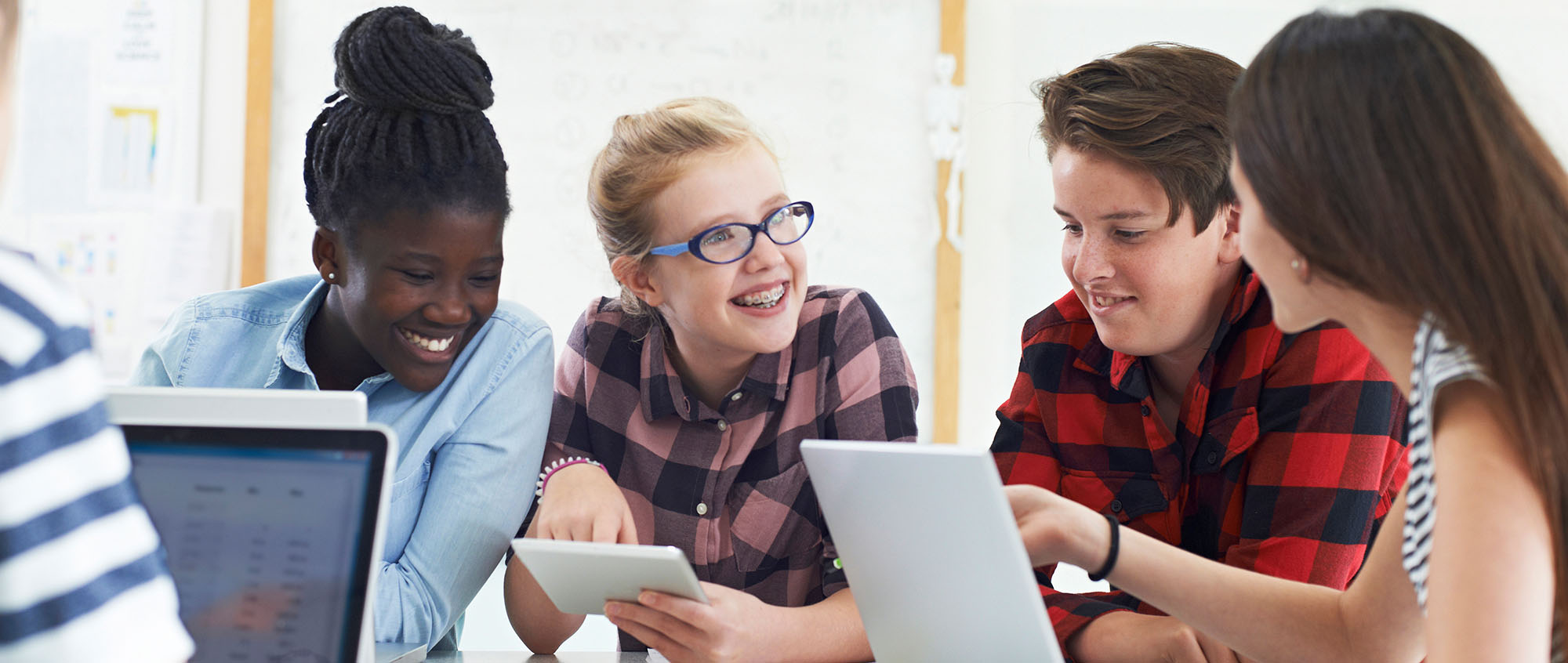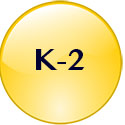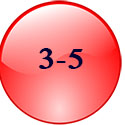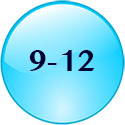Student Technology Skills Survey
Pre and Post Technology Skills Survey and Reflections
Note: In addition, an assessment bank of multiple-choice questions is available in the Teacher Resources log-in area. These can be used for summative assessment. They are identified by Thing and Quest and can be imported into an assessment bank.
STUDENTS ARE INvited to Take this Short Pre-Technology Skills Survey
Steps
- Please check the button below for your grade level to complete a very short technology skills survey.
- IMPORTANT: When you complete it, check with your teacher for specific directions to save a copy of your completed survey, and where to save it.
- There is a box at the end of the survey for you to type your first name and last initial or a student ID number. Please do NOT put your full name in the box for privacy.
- Identify at least three personal learning goals based on the questions that you were not confident about your answer and are interested in learning more about.
- Ask your teacher where to post your personal learning goals to help you track your progress and mastery.
- You will be able to compare and reflect on your learning when you complete the Post Skills Survey at a later date.
- Note the 6-8 Survey has been updated as of 6/2023, K-3 and 3-5 updated 10/17/22 and 9-12 was updated 11/22/2022
***Note: As of June 2023, the 6-8 TechSkills Survey has been updated and is now available as a Google Form you can copy to your own drive, and edit, and have a spreadsheet that receives the answers from your own classes. You will want to add a Question for student First and Last Name or student ID to the Form.
Technology Skills Survey Reflection and Learning Goals
1. After your semester, or class, retake the Tech Skill you previously took and saved
2. Compare your results to see your progress, and set some new learning goals.






